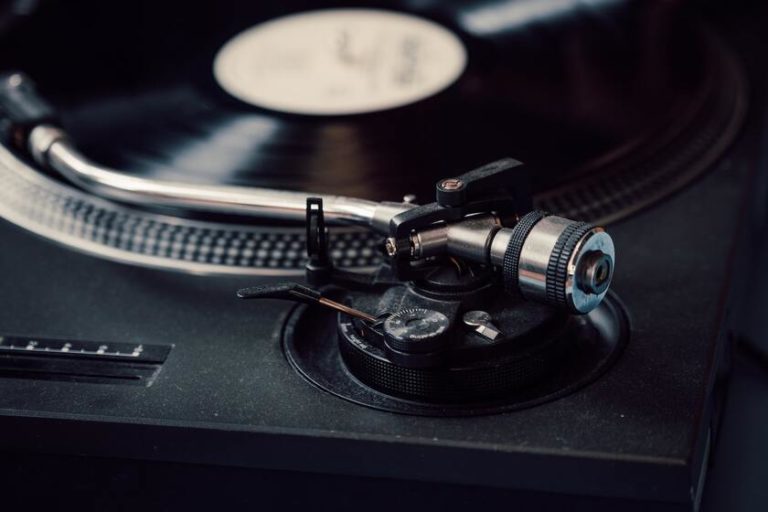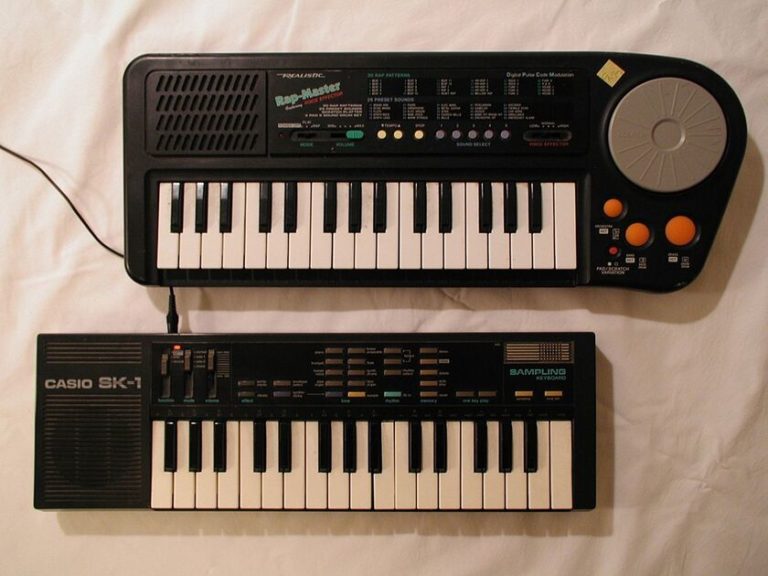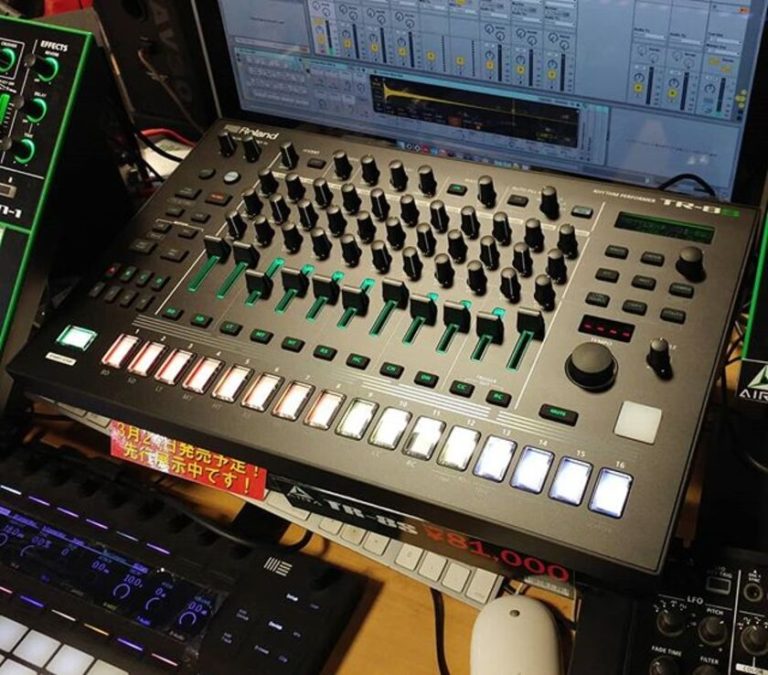Paul McCartney’s Höfner Violin Bass: A Beatle’s Best Friend
Paul McCartney’s association with the Höfner Violin Bass, often referred to as the “Beatle Bass“, is one of the most iconic musician-instrument partnerships in the history of rock ‘n’ roll. In 1961, McCartney acquired his first 500/1 Höfner Violin Bass and from that point onwards, it became his main bass for years, defining the sound of The Beatles during their formative years.

The Purchase Decision
McCartney’s choice of the Höfner wasn’t primarily due to its tonal qualities or aesthetics. Instead, it was more practical. While he initially desired a Fender Precision Bass, it was out of his price range at the time. The Höfner was notably cheaper and more readily available in Hamburg, Germany, where The Beatles were performing. Additionally, its symmetrical design made it suitable for McCartney, who is left-handed.
Distinctive Features
Design & Build
Crafted in Germany, the Höfner 500/1 Violin Bass boasts a unique, violin-like shape, distinguishing it from more traditional guitar-like designs of many other bass guitars. Its hollow body, made primarily of spruce and flame maple, contributes to its lightweight character.
Tonal Qualities
The sound of the Höfner is distinct. Its hollow body, combined with the close positioning of its two staple pick-ups, produces a deep, resonant, yet clear tone. This tone emphasizes the mids and lows over high-end treble, often described as “woody”. McCartney’s bass work on tracks like “All My Loving” and “Eight Days A Week” exemplifies the Höfner’s distinct sound.
Playability
The short scale length of the Höfner Violin Bass (30 inches) makes it notably accessible for those with smaller hands. This arguably facilitates quicker transitions between notes. McCartney often utilized this, crafting melodic bass lines that intertwine with the primary melody.
McCartney’s Relationship with the Bass
Touring and Recording with the Höfner
During the early to mid-1960s, the Höfner was McCartney’s primary bass both in the studio and on tour. Iconic performances, such as their early appearances on the Ed Sullivan Show, spotlighted the Höfner.
In the studio, the bass’s unique tone complemented The Beatles’ pioneering sound. By the late 1960s, however, McCartney had expanded his bass collection, introducing instruments like the Rickenbacker 4001S for its brighter, punchier tone. Still, the Höfner remained an important tool, appearing on numerous tracks throughout his career with The Beatles and later with Wings.
The Bass Today
Reissues and Legacy
Höfner, recognizing the bass’s continuing allure, has reissued the 500/1 Violin Bass several times, replicating the 1961 and 1963 specifications used by McCartney. Modern players can acquire a bass that closely mirrors the original’s aesthetics and sound.
The Höfner Violin Bass’s legacy extends beyond its physical attributes. It is immortalized by its unmistakable association with McCartney. From newcomers to veteran bassists, many acknowledge its role in shaping rock’s landscape.
Conclusion
Paul McCartney’s use of the Höfner Violin Bass signifies more than a musician’s instrument choice. It’s emblematic of how the right tool, paired with unmatched talent, can sculpt musical history. While the Höfner’s tonal properties and playability were factors, it was McCartney’s mastery that amplified its legendary status. Understanding the Höfner’s significance means recognizing its contribution to bass technique, rock’s evolution, and McCartney’s unparalleled artistry.







